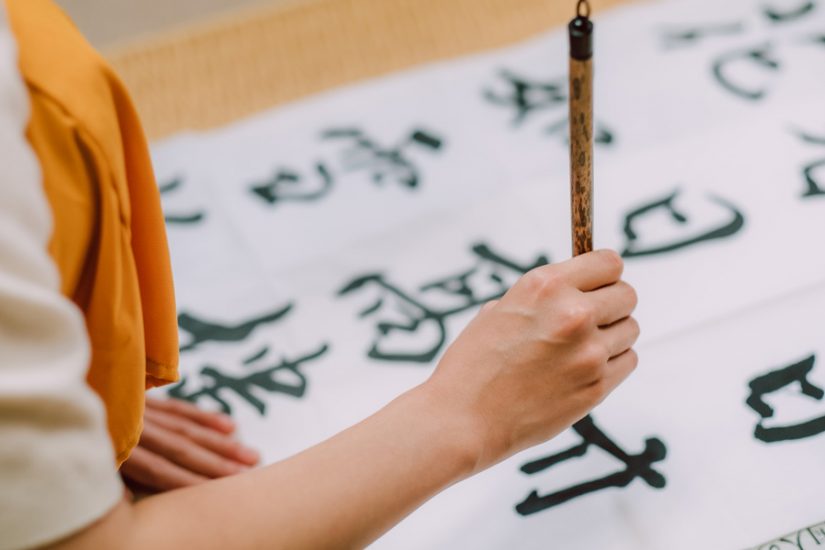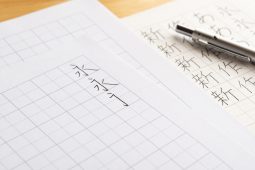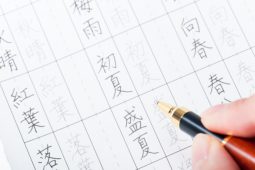There seems to be a general idea that learning the Japanese language is quite difficult. It’s backed up by official sources, too, like the US Government’s Foreign Service Institute’s School of Language studies. The SLS ranks languages by the length of time typically required for native English speaking students to reach “Professional Working Proficiency” in a large number of languages. Japanese is ranked as a Category IV language, the hardest category to learn, requiring 2,200 class hours — as compared to the easiest group of Category I languages, which require 600–750 hours (these include Spanish, Dutch, French, etc.).
However, the issue is complicated by the fact that these classes aim at specific targets, like working in a high level profession, and are based on 70 years of history. Modern teaching methods, exposure to Japanese culture and society, and attitudes toward the language in Japan itself have changed enormously in recent years. For most learners, Japanese is probably easier to learn than it ever has been.
Breaking it Down
One way to reevaluate learning Japanese is to think of it as two languages: spoken Japanese, which reflects the native roots of the language, and written Japanese, which uses characters adopted from China and forcefully adapted to fit a totally different spoken language.
Even experts agree that spoken Japanese is not particularly difficult to learn. The sounds of the language are limited (only five vowels and thirteen consonants) and grammatically it is quite regular, without case declensions or other complex issues that are found in languages like Russian, or even German.
The issues of keigo (highly formal Japanese used in some business situations) are real, but in many cases have become less important than in years past as Japanese speakers themselves are starting to adopt simpler Japanese, particularly in the service industries that deal with visitors from abroad, with a movement called yasashii Nihongo, or “easy Japanese”. Many times, public expectations of non-Japanese are also lower so keigo is not as vital for non-native speakers.
Personally, as someone who has extensively studied German, Italian, Russian, and even Greek, spoken Japanese struck me as a relatively easy study. Sentences tend to be short, and the structure is regular, so it is well suited to techniques like shadowing and memorizing of stock phrases to fit together in different situations. Pronunciation was rarely a challenge, apart from the tricky tongue roll in ryu.
The Rub
However, there is no denying that the written language of Japanese presents hard challenges to those coming from more alphabetic languages. There are three Japanese writing systems: kanji, hiragana, and katakana. Romaji is also arguably a particularly Japanese writing system since the Roman alphabet it is based on is used in unfamiliar ways to many who grew up using it. Remembering hiragana and katakana is not particularly hard, but kanji of course is a major speedbump to learners who come from cultures that don’t use versions of their own.
One particularly tricky bit is the seemingly arbitrary connection of pronunciation to kanji. The Japanese word tsukuru, which means “to make”, can be written with at least three different kanji, depending on what is being made. This reflects an original difference between China’s linguistic needs, and the existing Japanese root word.
Of course, even kanji can be mastered, and with all of the many resources now available (many of which have been discussed on this very website!) there is sure to be an approach that will make the challenge more manageable.
Conclusion
Japanese is, all told, not as bad as it’s made out to be. If you tune your study to your needs, and especially if you work on speaking and listening first, you should be able to work your way to communication relatively painlessly. And, with some focus and hard work, reading and writing shouldn’t be too far out of reach, either. Explore WorkInJapan.today’s study section for more ideas, too!








